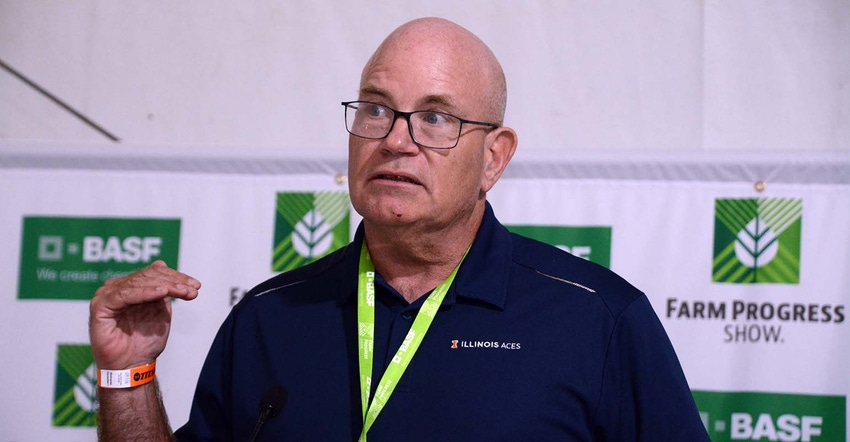
It’s old news to say crop input costs are going up – way up. But as you’re working through your 2022 crop budgets, let’s add some context.
The price of everything is going up, not just in agriculture. Real goods, or physical products are all hit by inflation right now.
Of all the crop inputs going higher, fertilizer is the most obvious, in part because it’s the highest cost after land and machinery. But consider this: last year’s anhydrous prices were the cheapest in decades, so it’s not a big stretch to say ‘anhydrous prices have doubled.’ We’ve seen high prices before – remember 2008?
So many things are impacting fertilizer now, from trade restrictions, covid, supply chain problems, higher labor costs. Even so, fertilizer companies are making some of the highest returns ever, notes University of Illinois economist Gary Schnitkey.
Prices will probably not go back to what they were for quite a while, and rolling the dice and waiting for lower prices next spring has its risks. Schnitkey says he would be inclined to spread sales out – buy some now and wait until spring to see what happens. “We don’t know about supplies come next spring, which is why you want to pre price some now,” he says. “There’s nothing I see that says it will be less expensive next spring.”
High fertilizer prices beg the question: Are you applying more than you need? “We see a lot of people putting on fertilizer at rates above university recommendations and we’re not sure why,” says Schnitkey. “Many think the university recommendations are too low. But it’s time to really think about cutting back nitrogen and think more about precise placement and rates. It’s a very expensive ingredient in your yield formula.”
Soil testing will help with the answers. If you know exactly what each field needs, could you apply less? Could you apply less if you wait until spring, or change application methods (apply at planting and side dress based on actual crop need)?
Seed prices are going up 8% to 10%. Some of this could be due to covid, labor costs, and seed company costs going up. But the economic realities of higher crop prices are in play. If there’s a larger margin now, seed companies want some of it, notes Schnitkey. “What’s difficult to tell is how much is unavoidable and how much is going to the seed company’s bottom line,” he adds.
Fuel and LP costs have shot higher, partly due to higher demand from an improving economy. But it’s also due to government policies that discourage fossil fuel investment. Fewer pipelines impact fuel supplies. “This is no short term blip,” says Schnitkey. “If your goal is to be carbon neutral you have to make those policy changes, and transportation is a part of that. Point is, you better get used to fuel costing more. There will be incentives to curtail fossil fuel use.”
We saved the good news for last. When you look at the whole crop budget, strong demand and relatively tight supplies should keep prices at profitable levels, especially if you lock in profits with forward contracts.
About the Author(s)
You May Also Like






